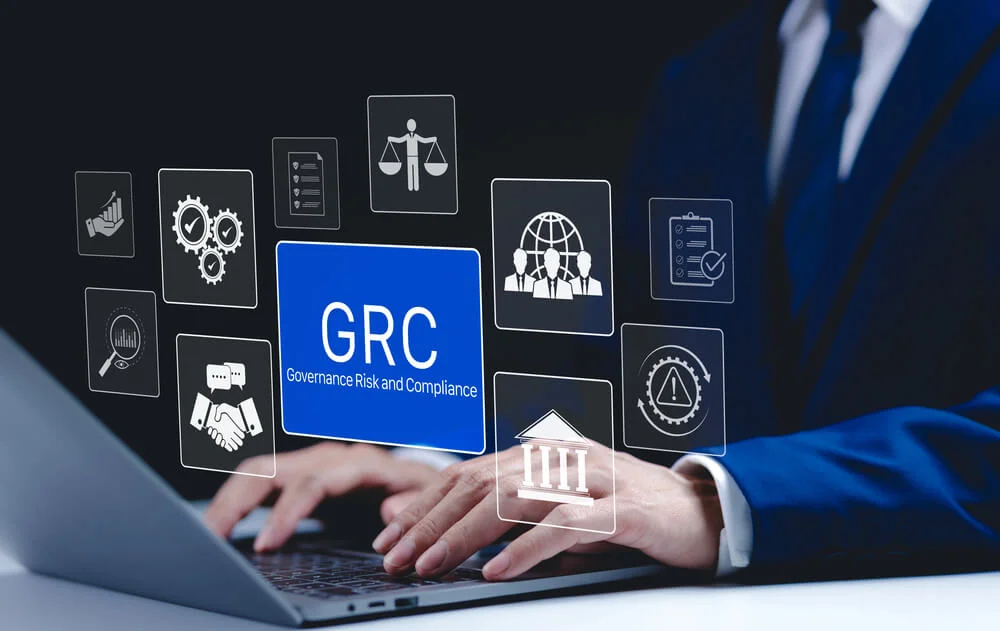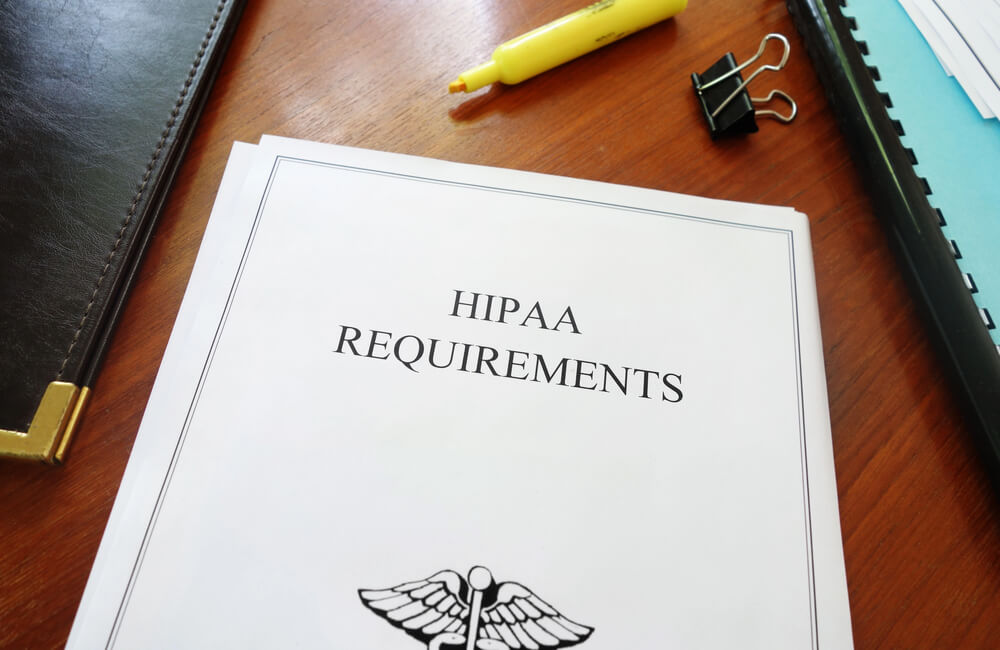If you’ve ever been in a management position, you know the importance of legal compliance in a business. Of course, most employees aren’t going to know all the rules and regulations they need to follow from the get-go. The solution? A robust compliance training program. So, what is compliance training, and why do you need it? Stick around to learn everything you need to know.
What Is Compliance Training?

Compliance training is exactly what it sounds like– a training program to ensure that employees comply with the industry’s legal guidelines. Just about any industry you can think of has laws in place designed to protect employees and consumers. As a business manager, it’s important to ensure that those laws are being followed in your workplace.
What Is the Goal of Compliance Training?
The goal of compliance training is to ensure that employees understand and follow your industry’s legal guidelines. Though there are some laws that employees will follow intuitively, (nobody would think it’s okay to leak patient data, for example.) others need to be explained.
Because the guidelines are designed to be so comprehensive, they’re quite detailed. However, missing even a minor detail can have severe consequences. Compliance training informs employees of these details and gives them the tools they need to keep your company compliant.
Designing a Compliance Training Program
To achieve your compliance training goals, you’ll need to design and implement an effective program. While this isn’t exactly a simple task, it’s not an impossible one either. It’s all a matter of careful consideration and attention to detail.
Of course, every workplace is different, so there’s no magic formula for a perfect compliance training program. The best type of program for your company depends on your employees, their learning styles, and the company culture as a whole. Magic formula or no, though, there are a few things that most great compliance training programs have in common.
Approachability
If you want your employees to abide by your compliance policies, you should design your training to be approachable and easy to understand. Simply giving your employees a massive chunk of text to read through will make the training process much more intimidating and confusing than it needs to be.
Instead, we recommend smaller chunks of text separated by videos, infographics, and quizzes. These elements convey the same information but do so in a way that gives the reader’s eyes a break from all the reading. Though it’s a small difference, it’s an extremely important one that’s sure to lead to better training outcomes.
Defined Metrics of Success
Of course, there’s no way to tell whether or not your compliance training program is working unless you’ve devised a way to measure success. An article from Harvard Business Review suggests that a lack of metrics is one of the most common reasons why compliance training programs fail, and the logic checks out. After all, how are you supposed to say whether or not an exercise was successful without first defining what success looks like?
To avoid this pitfall, you’ll need to determine what metrics of success you want to use beforehand. If you’ve included quizzes in your training program, you’ve already got a built-in metric in the form of quiz scores. Set a minimum score for each employee to be considered successful, and keep track of the workplace’s mean score. Aim to keep that score as high as possible. A higher score indicates a greater understanding of compliance guidelines, and that understanding ensures that said guidelines will be followed.
Chances for Clarification

While you’ve put in a lot of effort to keep the training program engaging and approachable, there will still be a few points of confusion. Check in with your employees throughout the training process to ensure that everything makes sense, and clarify anything that doesn’t. Giving employees the chance to express points of confusion now will prevent a potential breach later, helping to keep your company safe and compliant.
Plans to Maintain Compliance
Compliance training isn’t a one-and-done affair; it’s an ongoing process. Laws change, new employees join, and old employees occasionally fall back into old habits. If you don’t account for these factors, you may notice your company slipping back out of compliance as time goes on.
Fortunately, this is easy enough to prevent. Keep up to date on new laws, rules, and regulations for your industry. Whenever something new comes up on your radar, send out a company-wide PSA and adjust your compliance training materials as needed. For new employees, ensure that compliance training is part of the onboarding process. For old employees, give them continuing education compliance courses to complete every year or so to keep things fresh in their minds. Most importantly, conduct regular audits to ensure that all rules and regulations are followed.
Once you’ve found a good routine for maintaining compliance, stick with it! You’ll be able to keep your company compliant for years to come.
Compliance Training With Compyl
Putting together a compliance training program, ensuring your employees complete it, and ensuring company-wide compliance is maintained is a daunting prospect for anyone. As with any job, though, it becomes much easier if you have the necessary knowledge and resources.
Now that you know what compliance training is, all you need is the right tool for the job. That’s where we at Compyl come in. Compyl is a cutting-edge GRC tool that’ll help you train, manage, and protect your company. Rather than do everything by hand, you can trust our platform to automate parts of the process, deliver up-to-date and actionable information, and help identify any compliance issues that need your attention. If you’d like to learn more or give it a shot, get in touch with us today!




